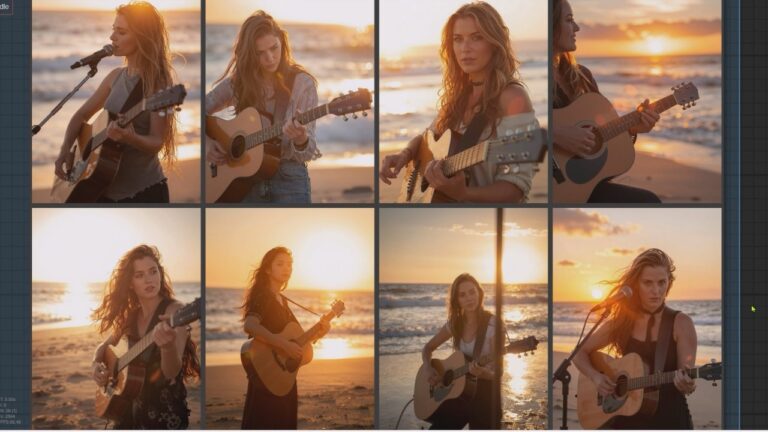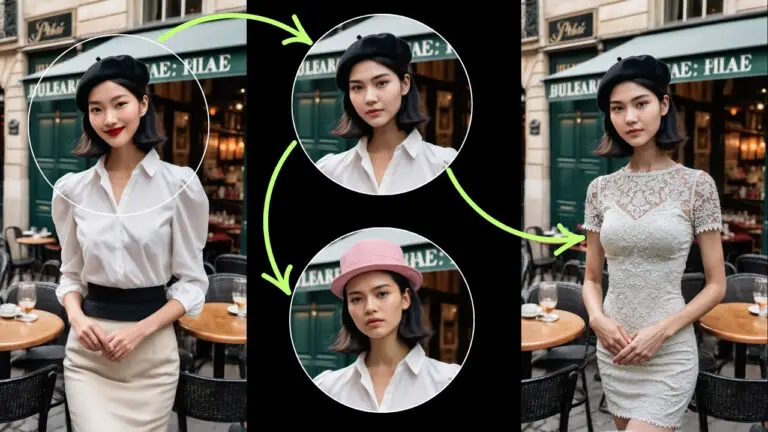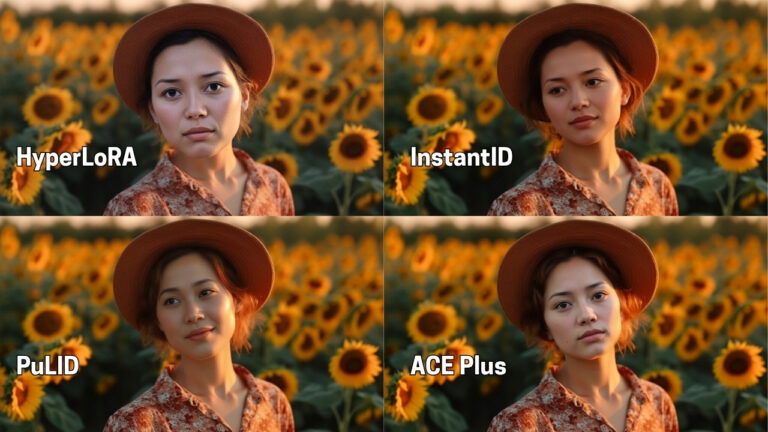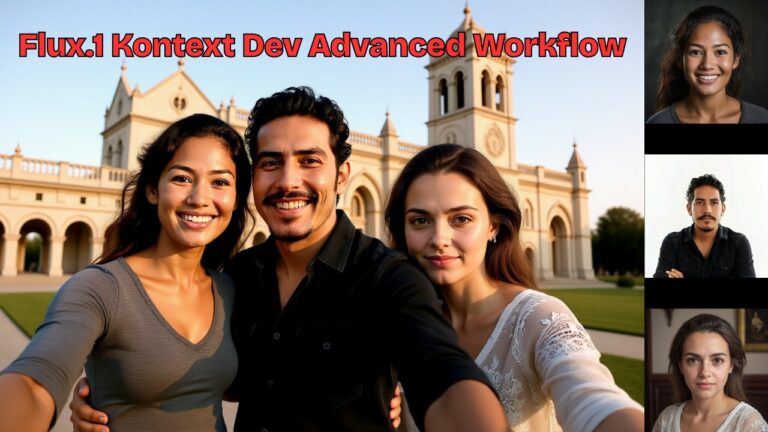Which Flux Fine-Tuned Checkpoint Wins: PixelWave vs StoiqoNewreality vs FluxRealistic vs Shuttle 3 Diffusion
The Flux family of models has been generating excitement within the AI community, known for its high-quality results and a variety of applications. However, the diversity of options available—ranging from the official Flux models (Pro, Dev, Schnell) by Black Forest Lab to the numerous fine-tuned variations—can make it difficult to know where to begin or which model to use.
This article aims to clarify the differences between the official Flux models and the Flux-based checkpoints, as well as provide a comprehensive comparison of 4 popular Flux-based checkpoints: Shuttle 3 Diffusion, fluxRealistic, PixelWave, and stoiqoNewreality.
Rather than just summarizing their features, this guide is rooted in extensive testing of these models across 4 key dimensions of performance:
- Skin Texture and Face Detail
- Hands Generation
- Lighting and Aesthetic Effects
- LoRA Compatibility
By diving deep into these performance areas, you’ll gain a better understanding of each checkpoint’s strengths and weaknesses, helping you decide which is best suited to your creative projects.
Let’s begin by understanding the foundation of it all—the original Flux models created by Black Forest Lab—and how they evolved to inspire these fine-tuned checkpoints.
What Are Flux Models?
Flux models, developed by Black Forest Lab, are a family of generative AI models designed to deliver high-quality image outputs. They come in 3 official variants—Pro, Dev, and Schnell—each offering different levels of quality, flexibility, and licensing.

The 3 Variants of Flux
- Pro
- Quality: The highest-quality model in the Flux family, delivering professional-grade results.
- Access: Restricted to API usage; fine-tuning is not available to the public.
- Use Case: Best suited for users requiring advanced results directly from the API.
- Dev
- Quality: A distilled version of Pro with slightly reduced quality.
- Flexibility: Allows fine-tuning but only for non-commercial purposes. Commercial use requires explicit permission from Black Forest Lab.
- Use Case: Ideal for experimentation and research, provided licensing requirements are followed.
- Schnell
- Quality: The most open and accessible Flux model, released under the Apache 2.0 license. However, it provides the lowest quality of the 3 variants.
- Flexibility: Publicly available for fine-tuning and modification, making it popular for creating derived models.
- Use Case: Great for open-source projects and community-driven development.
The Evolution of Flux Models
When the Dev and Schnell variants were first released, they came with significant drawbacks:
- File Size: Each model required downloading a massive 23.6GB file (excluding VAE and text encoder files).
- Hardware Requirements: At least 16GB of VRAM was necessary to generate images at reasonable performance.
These limitations made the original Flux models impractical for many users. However, subsequent improvements addressed these issues:
- fp8 Version
- Introduced by Kijai, this update reduced file sizes to just 11.9GB by integrating the VAE and text encoder.
- Lowered VRAM requirements to 8GB, making it accessible to more users without a significant drop in quality.
- GGUF Version
- Optimized further for systems with as little as 6GB of VRAM.
- Though more efficient, this version comes with a noticeable quality tradeoff compared to the earlier models.
These advancements paved the way for developers to fine-tune and release their own Flux-based models, using the open-source Schnell or Dev variants as the foundation.
Flux-Based Checkpoints
Flux-based checkpoints are fine-tuned versions of the Flux Schnell or Dev models, created by third-party developers to offer specialized functionality or improved image quality. In this article, we’ll examine 4 such checkpoints:

These checkpoints add unique features and optimizations, making them distinct from the original Flux models while still being rooted in the same architecture.
With the groundwork laid, let’s move on to the testing methodology and how the checkpoints were compared across key performance dimensions.
Testing Methodology
To evaluate the performance of the four Flux-based checkpoints—Shuttle 3 Diffusion, fluxRealistic, PixelWave, and stoiqoNewreality—a structured testing methodology was applied. Each checkpoint was tested under controlled conditions, using identical settings wherever applicable to ensure a fair comparison. However, special adjustments were made for fluxRealistic due to its unique requirements.
Workflow Setup
- Shared Settings
- Guidance Value: 2.5
- Sampler:
dpmpp_2m - Scheduler:
sgm_uniform - VAE and Seed: The same VAE and seed were used for all checkpoints to maintain consistency.
- Because fluxRealistic is a GGUF-based model, it required specific Unet Loader (GGUF) and DualCLIPLoader (GGUF) nodes to function properly.
- Its text encoder is also quantized, requiring tailored handling during image generation.
- Checkpoints Location
All checkpoints were placed in the Unet folder. - LoRA Node
- Disabled for Round 1: To evaluate the raw performance of each checkpoint without stylistic or performance enhancements.
- Enabled for Round 2: Two specific LoRAs were tested for compatibility:
- A Turbo LoRA designed to accelerate image generation.
- A 1980s-style LoRA to apply a retro aesthetic.
Testing Dimensions
Each checkpoint was evaluated across 4 dimensions of performance:
- Skin Texture and Face Detail
- Focused on producing natural, lifelike skin textures.
- Assessed the rendering of fine details like eyelashes, pupils, and facial features.
- Hands Generation
- Tested the ability to generate anatomically accurate and realistic hands, a known challenge for AI models.
- Lighting and Aesthetic Effects
- Evaluated the model’s balance of light and shadow, as well as its ability to achieve specific artistic styles (e.g., bokeh, Polaroid aesthetics).
- LoRA Compatibility
- Analyzed the models’ responsiveness to LoRAs, particularly their ability to enhance image generation speed and integrate stylistic adjustments.
Image Comparisons
For each testing dimension, images were generated and placed side by side for detailed comparison. This process illuminated the unique strengths and weaknesses of each checkpoint, making it easy to identify which model excelled in specific areas.
Skin Texture and Face Detail
The first dimension of testing focused on how well each checkpoint rendered skin textures and facial details, such as the clarity of pupils, eyelashes, and overall facial realism. These aspects are critical in creating lifelike images, especially for portraits. Let’s examine how each of the four Flux-based checkpoints performed.




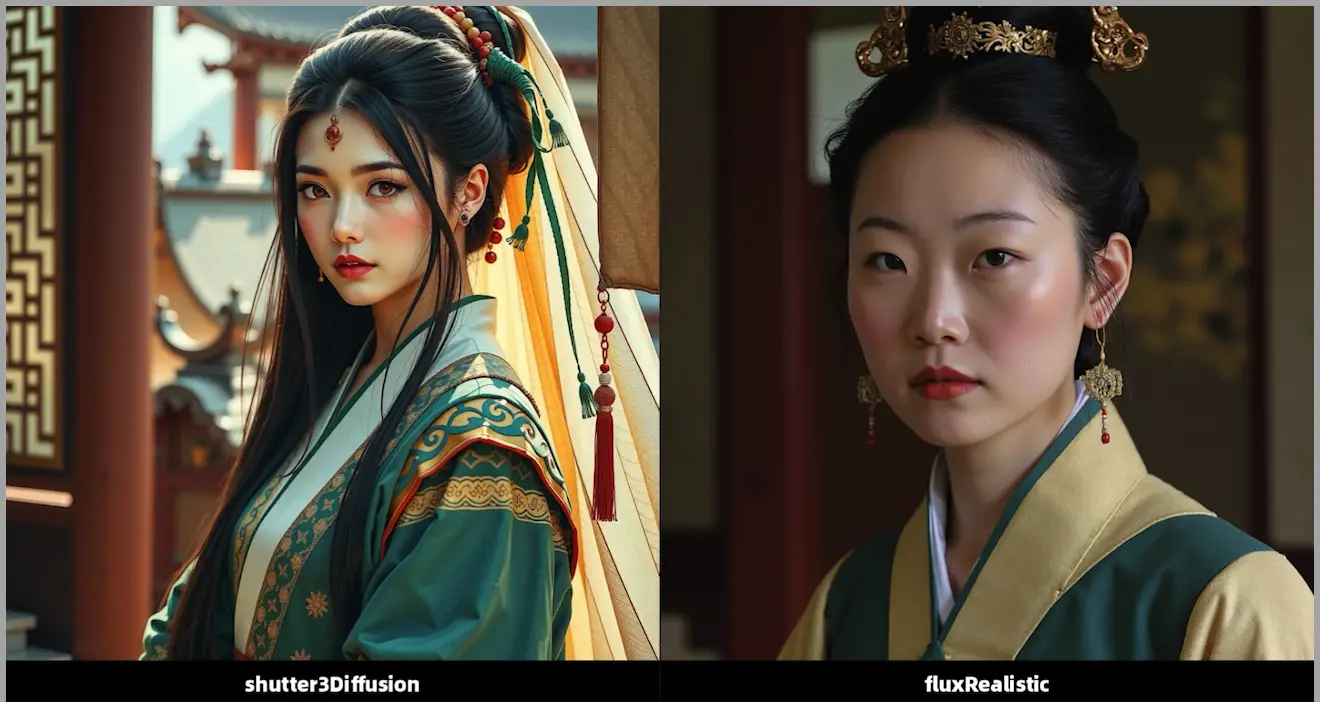
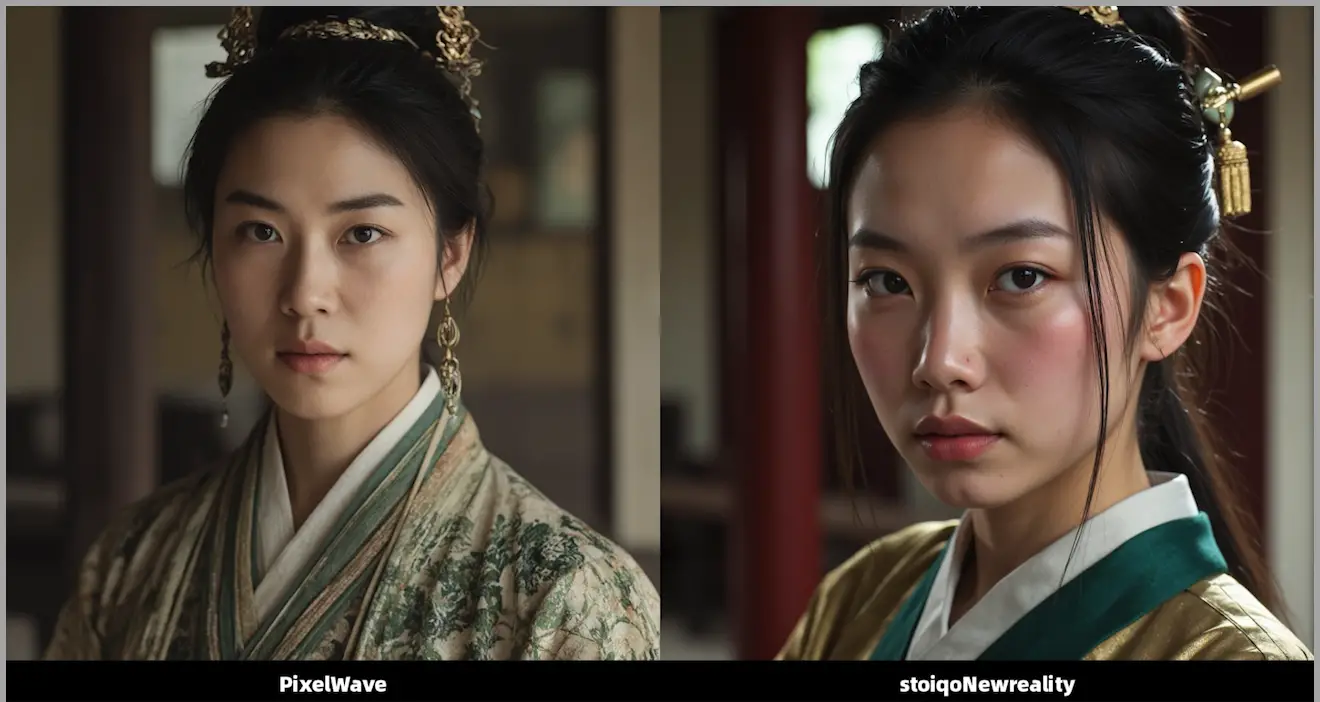
1. PixelWave
- PixelWave consistently outperformed the other models in this category.
- Skin textures were natural and smooth.
- Facial features such as eyelashes and pupils were rendered with precision, adding a high level of realism.
- Eyes appeared bright and expressive, with a natural balance of highlights and reflections.
2. StoiqoNewreality
- StoiqoNewreality produced high-quality skin textures that looked natural in most cases.
- It added subtle details, such as freckles, that contributed to a lifelike appearance.
- However, it occasionally introduced a slightly oily sheen to the skin, which detracted from the realism in some outputs.
- Facial features like eyelashes and pupils were generally well-defined, though not as sharp as PixelWave.
3. fluxRealistic
- Despite its compact size and GGUF quantization, fluxRealistic performed admirably in this category.
- Skin textures were smoother and less detailed compared to PixelWave and StoiqoNewreality, but the results were still solid for a compact model.
4. Shuttle 3 Diffusion
- Shuttle 3 Diffusion struggled significantly in this category.
- Skin textures appeared overly smooth and artificial, with minimal detail.
- Faces often lacked coherence, with artifacts such as blending between facial features and clothing.
- Details like pupils and eyelashes were poorly defined, leading to less realistic outputs.
Comparison Summary
| Model | Skin Texture Quality | Facial Detail Quality | Notable Issues |
|---|---|---|---|
| PixelWave | 5 | 5 | Occasional minor artifacts |
| StoiqoNewreality | 4.5 | 4.5 | Oily sheen on skin in some cases |
| fluxRealistic | 3.5 | 3 | Lacks fine detail; slightly soft |
| Shuttle 3 Diffusion | 2.5 | 2 | Coherence issues, poor textures |
Winner: PixelWave takes the lead in this category, offering the best skin textures and facial details overall. StoiqoNewreality comes in second, with great results but occasional issues with skin oiliness. fluxRealistic is an efficient alternative for low-VRAM systems but falls behind in detail. Shuttle 3 Diffusion finishes last, producing noticeably weaker results.
Hands Generation
Generating realistic and anatomically accurate hands is one of the most challenging tasks for AI models, and this test focused on assessing how well each checkpoint handled this notoriously tricky area. Images featuring hands in various poses and positions were generated for comparison. Let’s see how each checkpoint performed.
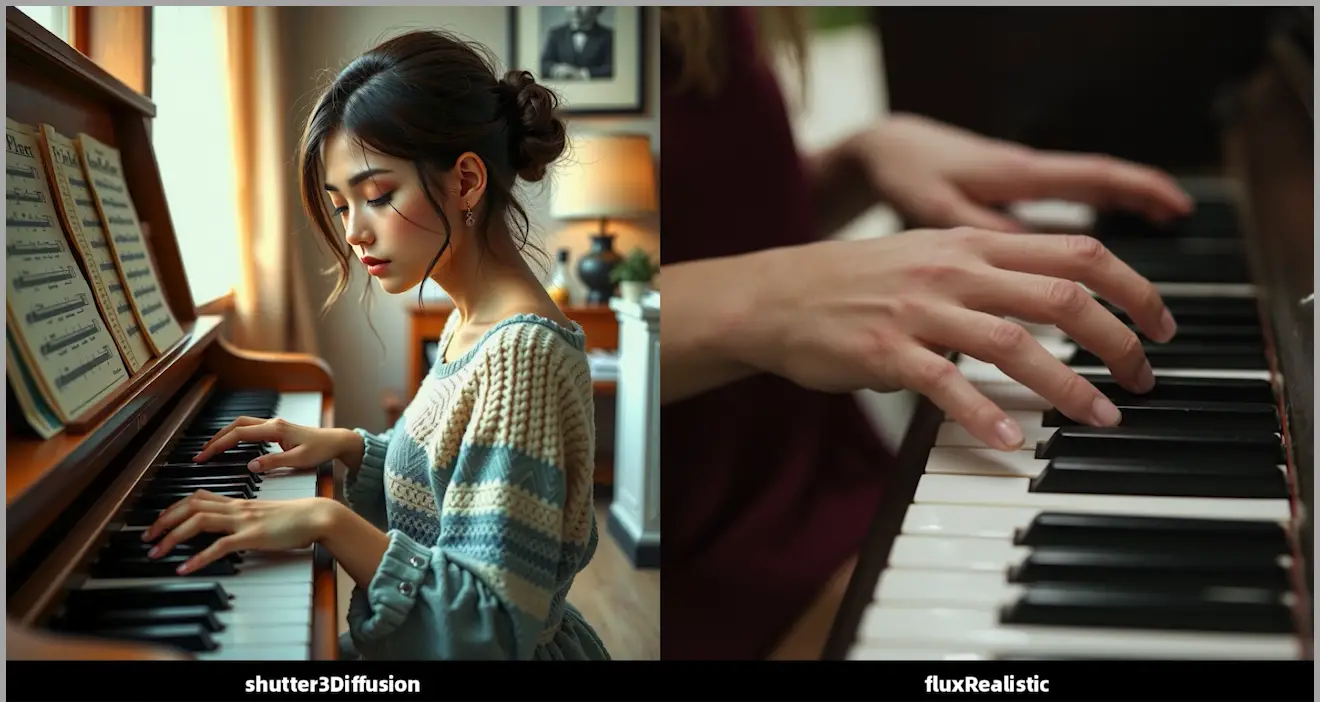
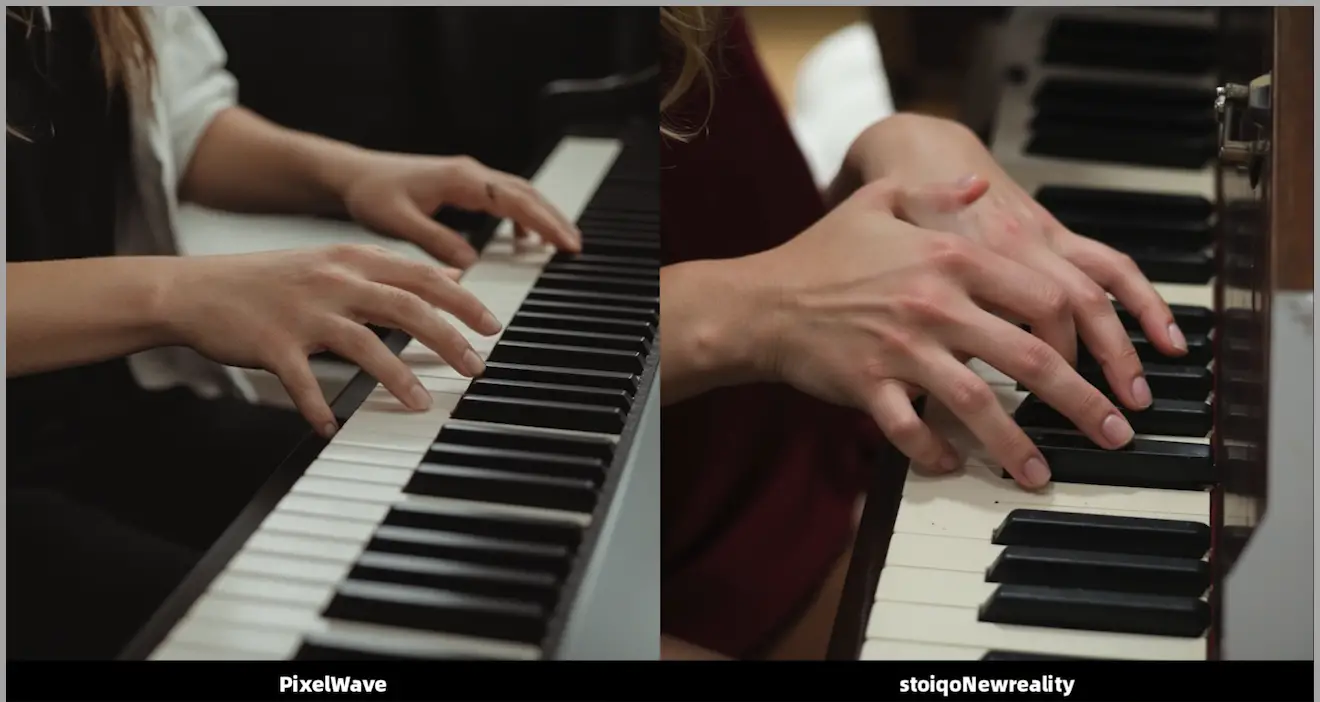




Comparison Summary
All four models performed fairly comparably in this category, with no one model standing out significantly above the rest.
Lighting and Aesthetic Effects
Lighting and aesthetic effects are essential for creating visually appealing and stylistically rich images. This test evaluated how well each checkpoint balanced light and shadow, handled artistic effects, and produced outputs with distinct aesthetics. The differences between the checkpoints were especially pronounced in this category.

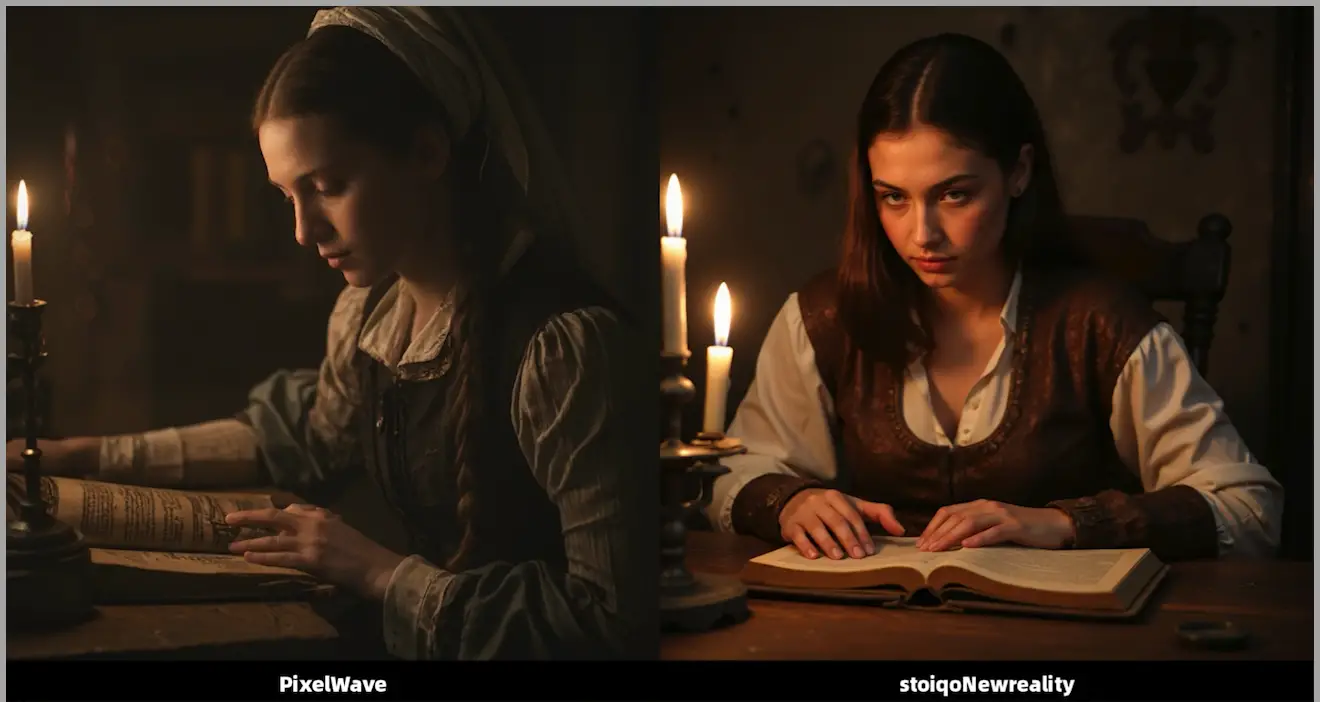


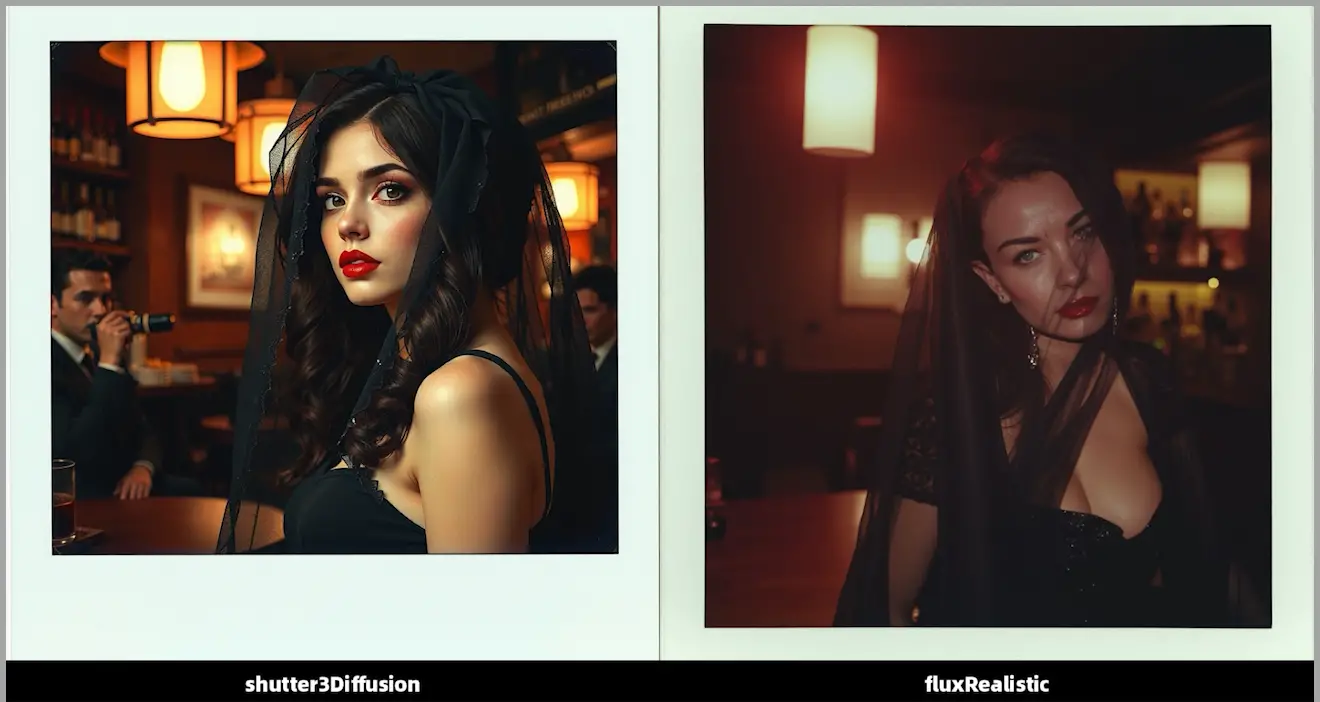
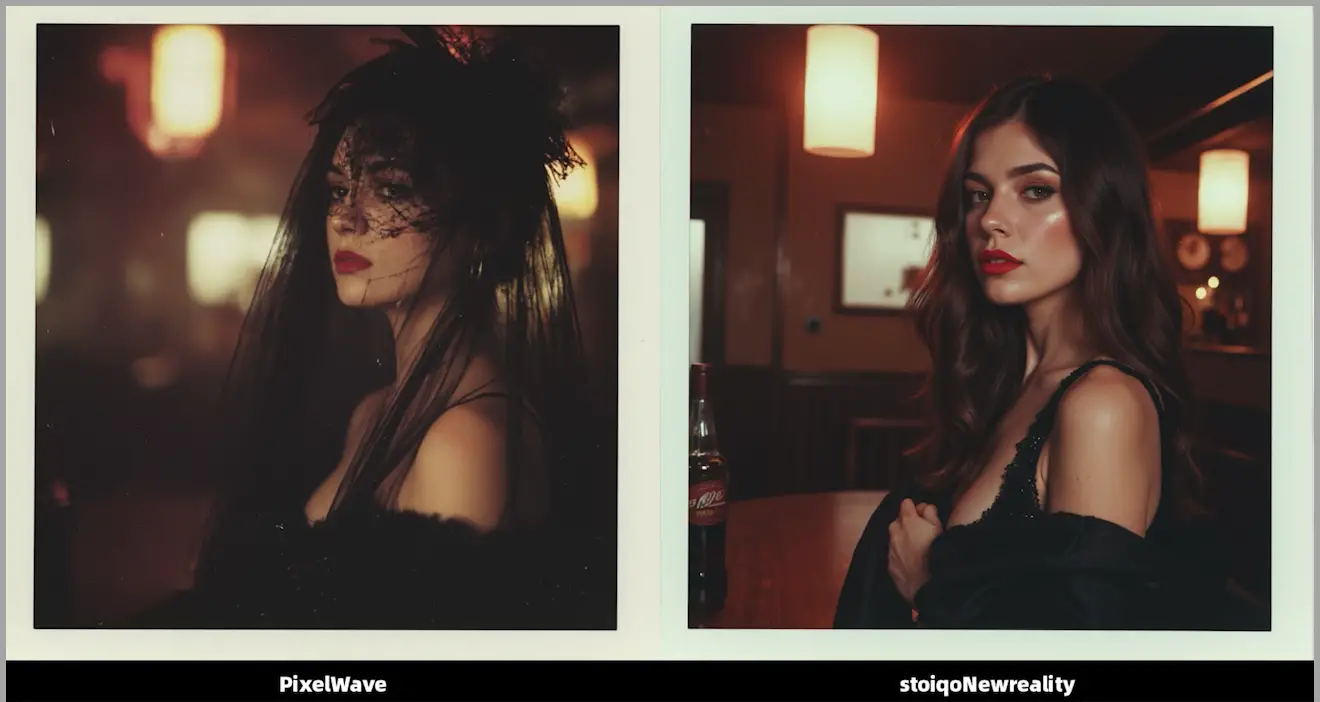
1. Shuttle 3 Diffusion
- Shuttle 3 Diffusion struggled significantly with lighting and aesthetics.
- Generated images often had unnatural lighting, with awkward mixes of conflicting light sources (e.g., candlelight combined with daylight).
- The model produced flat and dull outputs, with limited depth or richness in shadows.
2. fluxRealistic
- fluxRealistic handled lighting and shadow better than Shuttle 3 Diffusion.
- Outputs featured balanced light and shadow, with a decent sense of depth.
- However, the model struggled with fine details in artistic elements—some objects, like candlesticks or intricate props, showed noticeable errors.
3. PixelWave
- PixelWave excelled in this category, delivering outputs with a unique artistic flair.
- Lighting was natural and dynamic, with a balanced interplay of highlights and shadows.
- The model produced stylistic images resembling classical oil paintings or other fine art styles, adding a timeless and creative touch.
- It consistently delivered rich details, even in complex scenes, and excelled in effects like dreamy bokeh and Polaroid-style aesthetics.
4. StoiqoNewreality
Performance:
- StoiqoNewreality leaned toward a modern aesthetic, producing vibrant and clean results.
- Lighting was generally well-distributed, though occasionally highlights appeared overly bright or shadows lacked depth.
- While it didn’t have the painterly flair of PixelWave, it offered a more contemporary aesthetic, making it suitable for modern design use cases.
Comparison Summary
| Model | Lighting Quality | Aesthetic Style | Notable Issues |
|---|---|---|---|
| PixelWave | 5 | Classical, painterly, artistic | Minor realism issues in highly creative scenes. |
| StoiqoNewreality | 4.5 | Modern, clean, vibrant | Occasional overexposure; struggles with effects. |
| fluxRealistic | 4.5 | Balanced but simple | Limited artistic flair; issues with fine details. |
| Shuttle 3 Diffusion | 2.5 | Flat, uninspired | Unnatural lighting and poor artistic elements. |
Winner: PixelWave stands out as the best for lighting and aesthetic effects, delivering a balance of technical accuracy and creative artistry. StoiqoNewreality is a close second, excelling in clean and modern aesthetics but falling short on complex effects. fluxRealistic performs well technically but lacks creative impact, while Shuttle 3 Diffusion falls far behind due to inconsistent lighting and poor visual appeal.
LoRA Compatibility
LoRA (Low-Rank Adaptation) is a powerful tool for enhancing model performance and applying stylistic adjustments. In this test, two specific LoRAs were used:
- Turbo LoRA: Designed to accelerate image generation, reducing steps while maintaining quality.
- 1980s-Style LoRA: Adds a retro aesthetic inspired by the visuals of the 1980s.
The checkpoints were tested to evaluate how effectively they incorporated LoRA functionality and whether the results aligned with expectations.

1. PixelWave

- PixelWave struggled significantly with LoRA integration.
- The Turbo LoRA failed to accelerate image generation, and outputs appeared blurry, losing the model’s characteristic sharpness and detail.
- The 1980s-style LoRA had no visible impact on the generated images, failing to apply the retro aesthetic.
2. StoiqoNewreality

- StoiqoNewreality worked well with both LoRAs.
- The Turbo LoRA successfully accelerated image generation without sacrificing too much quality.
- The 1980s-style LoRA was also effective, adding a clear retro aesthetic to the images.
3. fluxRealistic

- fluxRealistic handled LoRAs exceptionally well, especially considering its compact GGUF architecture.
- When paired with Turbo LoRA, the generation speed improved significantly while maintaining quality.
- The 1980s-style LoRA produced noticeable stylistic changes, adding the retro aesthetic effectively.
Comparison Summary
| Model | LoRA Compatibility | Notable Issues |
|---|---|---|
| fluxRealistic | 5 | None significant; excellent Turbo and stylistic results. |
| StoiqoNewreality | 5 | Minor lighting inconsistencies with retro LoRA. |
| PixelWave | 2.5 | Poor LoRA integration; failed to enhance results |
Winners: fluxRealistic and StoiqoNewreality are the clear leaders in LoRA compatibility. Both handled Turbo and 1980s-style LoRAs effectively, applying speed boosts and stylistic changes with minimal issues. PixelWave failed to take advantage of LoRA enhancements, showing no meaningful improvements in their outputs.
Final Rankings
After extensive testing across four key dimensions—Skin Texture and Face Detail, Hands Generation, Lighting and Aesthetic Effects, and LoRA Compatibility—the Flux-based checkpoints have been ranked based on their overall performance. Each model demonstrated unique strengths and weaknesses, making them suitable for different use cases.
1. PixelWave
Overall Performance:
PixelWave emerged as the top performer in terms of image quality and artistic effects. Its ability to produce realistic skin textures, detailed facial features, and stunning lighting effects set it apart. However, it struggled with LoRA compatibility, failing to utilize stylistic and performance enhancements effectively.
Best For:
- Artists and creators seeking the highest-quality, artistic outputs.
- Projects that don’t rely on LoRA enhancements.
Weaknesses:
- Poor LoRA integration; Turbo and stylistic LoRAs had no noticeable effect on its outputs.
2. StoiqoNewreality
Overall Performance:
StoiqoNewreality came in a close second, offering strong LoRA compatibility. While its skin textures and lighting were slightly less refined than PixelWave, it successfully integrated LoRAs, making it more versatile for users who rely on these tools.
Best For:
- Projects that require Turbo LoRA for faster generation or stylistic LoRAs for aesthetic adjustments.
Weaknesses:
- Occasional overexposure in lighting and oily skin textures in certain outputs.
3. fluxRealistic
Overall Performance:
fluxRealistic performed admirably, considering its compact size and optimization for low-VRAM systems. It delivered decent results in skin textures, lighting, and hands, though it lacked the fine detail and creative flair of PixelWave and StoiqoNewreality. Its LoRA compatibility was excellent, making it a standout option for users with limited hardware resources.
Best For:
- Low-VRAM systems (6GB or more).
- Users seeking efficient LoRA integration with Turbo and stylistic LoRAs.
Weaknesses:
- Lacked detailed artistic effects and fine textures compared to larger models.
4. Shuttle 3 Diffusion
Overall Performance:
Shuttle 3 Diffusion ranked last in almost every category. Its outputs lacked realism, coherence, and artistic flair, and it showed poor compatibility with LoRAs, with no noticeable improvement when they were applied. Its only redeeming quality is that it is the only model among the four that can be used commercially for free.
Best For:
- Commercial use when quality is not the highest priority.
Weaknesses:
- Struggled with skin textures, lighting, and LoRA integration.
Final Comparison Table
| Model | Skin & Face Detail | Hands Generation | Lighting & Aesthetic | LoRA Compatibility | Notable Strengths |
|---|---|---|---|---|---|
| PixelWave | 5 | 4.5 | 5 | 2.5 | Best image quality and artistic effects. |
| StoiqoNewreality | 4.5 | 4.5 | 4.5 | 5 | Strong LoRA support; modern aesthetics. |
| fluxRealistic | 3.5 | 4.5 | 4.5 | 5 | Excellent for low-VRAM systems. |
| Shuttle 3 Diffusion | 2.5 | 3.5 | 2.5 | 5 | Free for commercial use. |
Gain exclusive access to advanced ComfyUI workflows and resources by joining our community now!
Here’s a mind map illustrating all the premium workflows: https://myaiforce.com/mindmap
Run ComfyUI with Pre-Installed Models and Nodes: https://youtu.be/T4tUheyih5Q

